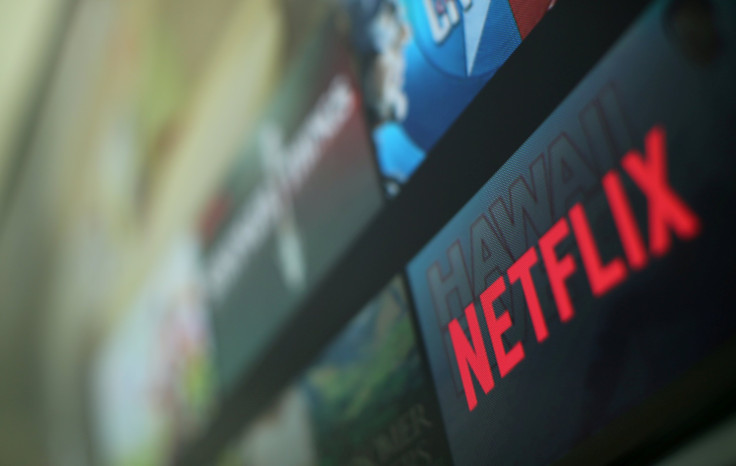Netflix Is Willing To Experiment With Lower Pricing

It might be hard for Americans to grasp that Netflix (NASDAQ:NFLX) is a premium product in some markets. Netflix tries to keep its pricing consistent throughout the world, as the product isn't much different in Asia or Europe than it is in the United States.
This article originally appeared in the Motley Fool.
In India, for example, Netflix charges 500 rupees (about $6.80) for its lowest-priced plan (which costs $8 in the U.S.). Amazon (NASDAQ:AMZN), by comparison, charges just 129 rupees per month or 999 rupees per year for full Prime benefits, including its streaming-video service. And homegrown streaming service Hotstar gives away most of its content and charges just 199 rupees per month or 999 rupees per year for its premium service.
On Netflix's third-quarter earnings call, Chief Product Officer Greg Peters mentioned the company is open to offering a lower price in some markets. "We'll experiment with other pricing models, not only for India, but around the world that allows us to broaden access by providing a pricing tier that sits below our current lowest tier," Peters said.
Hard to grow without competitive pricing
Earlier this year, Netflix CEO Reed Hastings said the "next 100 million [subscribers] for us is coming from India." India represents a massive market and it's the largest user base for some of the top global internet services, including Facebook. Considering the size of the population -- 150 million broadband households and 300 million mobile households -- it could be Netflix's largest market at some point in the future as well.
Capitalizing on the opportunity has proven difficult. Netflix doesn't provide any data about how many subscribers it has in India or any specific country outside of the U.S. Estimates put Netflix's subscriber count in India at less than 1 million despite operating in the country for nearly three years.
By comparison, Amazon's first year offering Prime in India has been a huge success. CFO Brian Olsavsky said Prime in India grew faster than in any other country in its first year last year during the company's fourth-quarter earnings call in January. That's led Amazon to overtake Netflix in popularity in the country.
Netflix management maintains that it still has a lot of room to grow at its current pricing. It can expand into more Hindi-language content, and from there expand to more languages native to India. It can bundle its service with wireless carriers, internet service providers, and pay-TV operators in the region like it's done in the United States and Europe. "Even under the existing model, we feel like we have a long, long runway ahead of us in India," Peters said on the third-quarter earnings call.
But the success of the competition at lower prices -- and an increasing amount of competition at that -- means Netflix can't afford to wait around to develop content in native languages and let the audience grow into its pricing. It needs to hook subscribers now with low prices. Otherwise, it risks becoming an also-ran in what could've been its largest market.
This isn't a new strategy for Netflix
Just a couple years ago, Americans paid just $8 per month for the most popular Netflix plan. They now pay $11 per month.
What's changed?
Netflix steadily added more premium content to its library, justifying the price increases it's made over the last few years. In fact, management said during the third-quarter earnings call that it's going to continue the pattern of raising prices and reinvesting the additional revenue in content for the foreseeable future.
Netflix's content library in markets like India is in a similar place to where Netflix's library in the U.S. was five years ago, especially for non-English speakers. While Netflix is investing in dubbing and local-language content, the content library just isn't worth the premium price for many. It might, however, be worth a little bit less -- perhaps closer to the 199 rupees per month Hotstar asks for its premium content.
As Netflix grows its subscriber base in India and other emerging markets, it can reinvest the additional revenue in more locally focused content and justify price increases, just as it's done in North America and Europe over the last couple years. If you look at the profitability of Netflix's U.S. streaming operations, it's evident the strategy works.
Considering management's focus on long-term cash flow and profits for the company, taking a small hit now to experiment with how customers in certain markets respond to a lower pricing tiers is the best move it can make. If Netflix does announce lower tiers in some markets, investors should get excited because it means Netflix saw positive subscriber growth results with its experiments, which is great for the long term.
John Mackey, CEO of Whole Foods Market, an Amazon subsidiary, is a member of The Motley Fool's board of directors. Adam Levy owns shares of Amazon and Facebook. The Motley Fool owns shares of and recommends Amazon, Facebook, and Netflix. The Motley Fool has a disclosure policy.





















